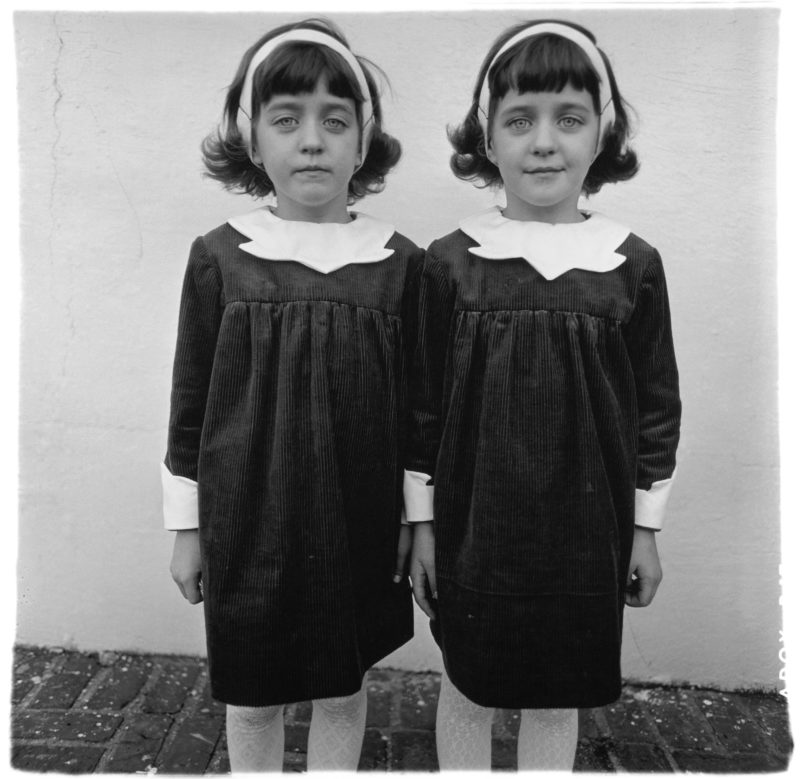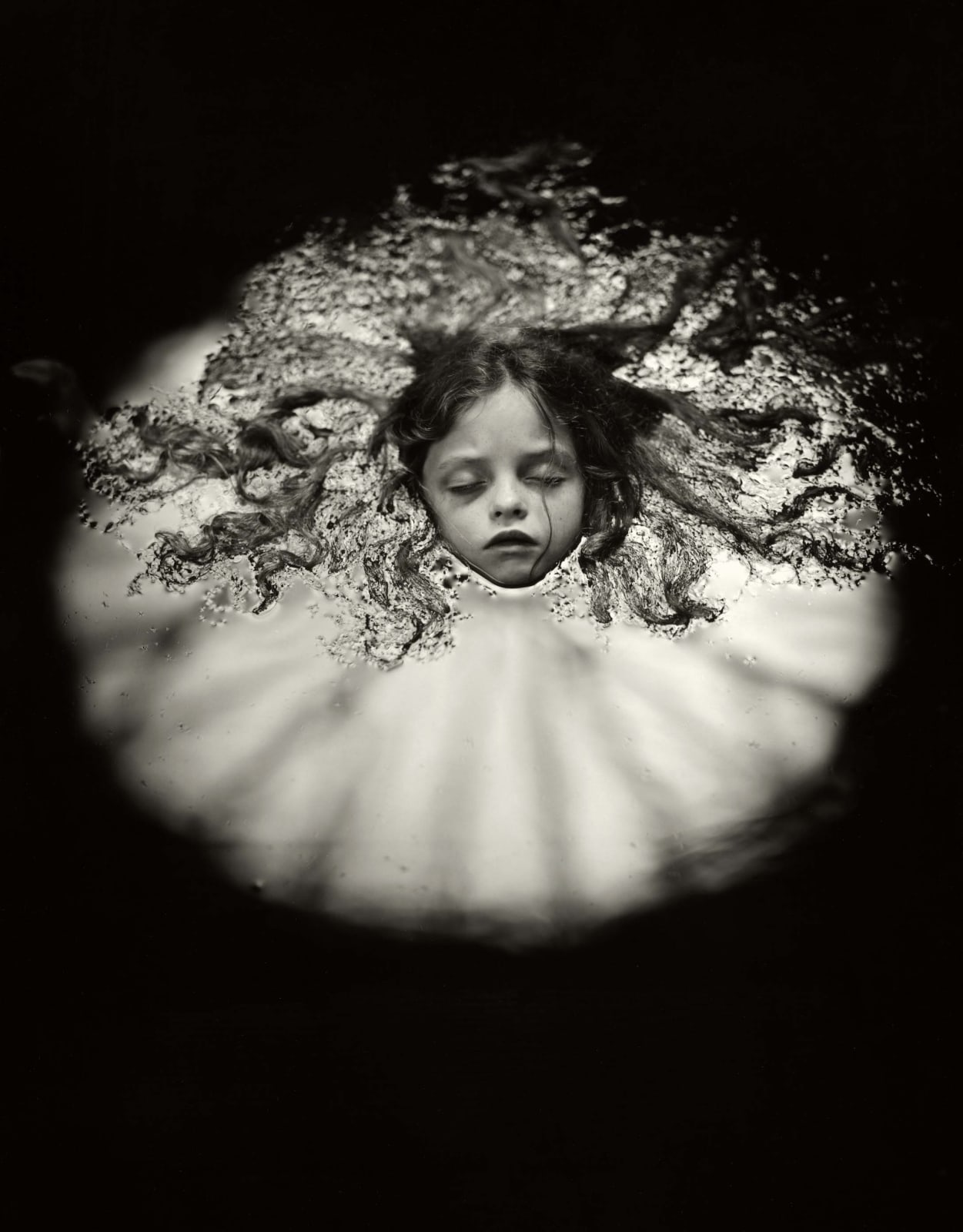Diane Arbus (1923-1971) was well known as a controversial Photographer in America. People described her in many different ways such as Artist, Freak, Creep, Hunter. She has died by suicide at age 48. She has been recognised after death. Arbus was one of the individuals who wanted to show the vulnerability, reality and darkness in her photographs. She has been one of this people who will shoot anywhere in any kind of environmental context. She was called "the Photographer of freaks" (Davis, 2013). Arbus was iconic and fearless. In children's photography she has not only shoot the children themselves but also the atmosphere and surroundings to give the meaning to the photographs. She had a great eye for details and composition offering the viewers of more understanding and in depth to see the moments created at the time.

Diane Arbus – Identical Twins, Roselle, New Jersey, 1967
"There are, and have been, and will be an infinite number of things on Earth: Individuals all different, all wanting different things, all knowing different things, all loving different things, all looking different… . That is what I love: the differentness." (Diane Arbus’ iconic Twins photo - What is the story behind it?, 2019)
The idea of the Identical Twins photography was to form it in a way that for the first glance it seems to be a regular photo but when comes to see in more depth you can see the eyes and the face expression one of the girls happy and the other looked sad. There is emotions and perception that this art brings to people once you study the photographs. The Identical twins were most popular photograph and inspired other people to be open to individuality and differences in photography. It is interesting how she has shown character and nature through one single photograph.
The photograph of Identical Twins shot in non set up way was very interesting. She captured the tension and the character differences of the two girls. The photographs mostly shows more than you see. It was one of Arbus favourites one.
Through her photographs I can see a lot of pain and not only because she has died by suicide but the expression of her photography through the details she has shown and she has put herself in many different and weird location trying to capture the perfect and realistic, non set up shots. That is what I value in Photography when is captured naturally and can tell the story within a time and her work certainly did. That is what I am looking for in my photographs. Story which I do not need to explain but is told through the image.
In the photograph 'Identical Twins' of Diane Arbus I can see the photo done directly as she did not want to intimidate the girls as it she was levelled up and took the right approach to have unwrapped image (Arbus, 2019) I can see the intimate moments as it was taken in a mid close shot to interest the viewer . The girls are right in the centre and the composition of the photo is having dramatic background but its purpose seems to be muted to focus on the twins. On that photograph I can see one of the girls being comfortable with the shot and other who was is not. They clearly communicating that through the image. This image could be good for documentary images or the charity adverts because of the expression of emotion and the background.
References:
Faris-Belt, A. (2012) The elements of photography : understanding and creating sophisticated images. Waltham, Mass.: Focal Press.
Diane Arbus’ iconic Twins photo - What is the story behind it? (2019) Public Delivery. Available at: https://publicdelivery.org/diane-arbus-twins/.
Fearless and Iconic: 6 Tips to Emulate Diane Arbus’s Photography (no date) www.youtube.com. Available at: https://www.youtube.com/watch?v=879pShnmHWw (Accessed: 17 April 2024).
Mac Austin, H. (2010)
Diane Arbus | Jewish Women’s Archive, Jwa.org. Available at: https://jwa.org/encyclopedia/article/arbus-diane.
Davis, L.J. (2013)
The Disability Studies Reader, Google Books. Routledge. Abingdon: Routledge




This is a good start but really needs a little more critical analysis and you need to evidence and back up your statements here.
ReplyDelete